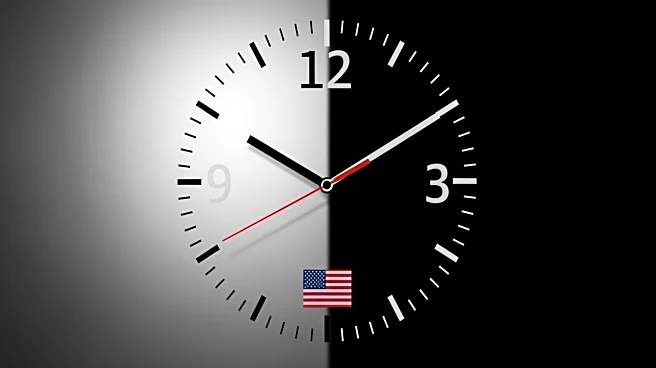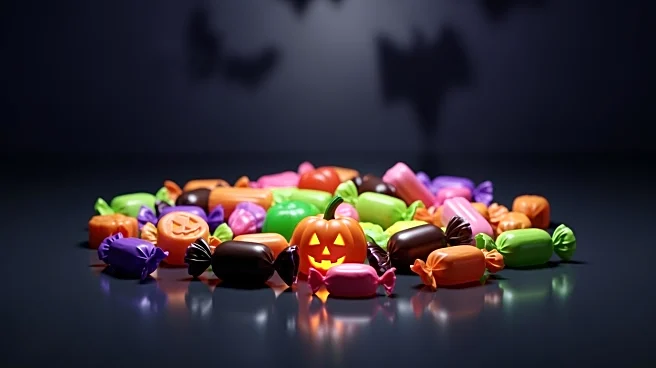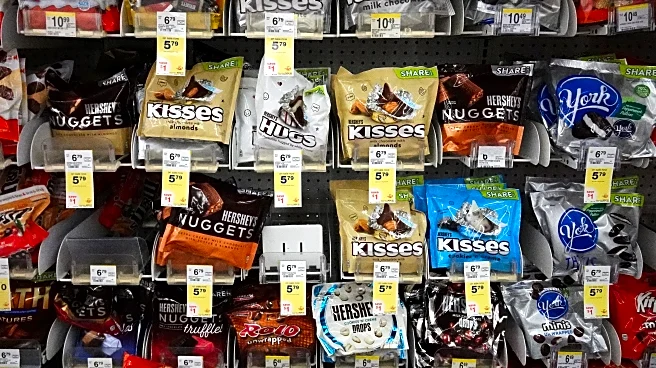What's Happening?
The Halloween candy market in the U.S. is experiencing a shift as non-chocolate candies become more popular among consumers. This change is attributed to a significant increase in global cocoa prices, which have more than quadrupled between January 2023
and January 2025 due to poor harvests in West Africa, a major cocoa-producing region. As a result, chocolate candy prices have risen, with the average cost reaching $8.02 per pound in the weeks leading up to October 5, compared to $5.77 per pound for non-chocolate candies. This price disparity has led to a decrease in chocolate's share of the Halloween candy market from 52% last year to 44% this year.
Why It's Important?
The shift in consumer preferences from chocolate to non-chocolate candies during Halloween highlights the broader impact of global agricultural trends on consumer behavior. The increase in cocoa prices not only affects candy manufacturers but also retailers and consumers, who may opt for more affordable options. This trend could influence the confectionery industry's production strategies and marketing efforts, as companies may need to adjust their product offerings to align with changing consumer demands. Additionally, the economic implications extend to West African cocoa producers, who are affected by both the price volatility and the demand shifts in major markets like the U.S.
What's Next?
As cocoa prices stabilize, it may take several months for consumers to see a reduction in chocolate candy prices. In the meantime, candy manufacturers might continue to promote non-chocolate options to maintain sales volumes. Retailers could also adjust their inventory strategies to cater to the growing demand for non-chocolate candies. The confectionery industry will likely monitor these trends closely to adapt to consumer preferences and market conditions.














